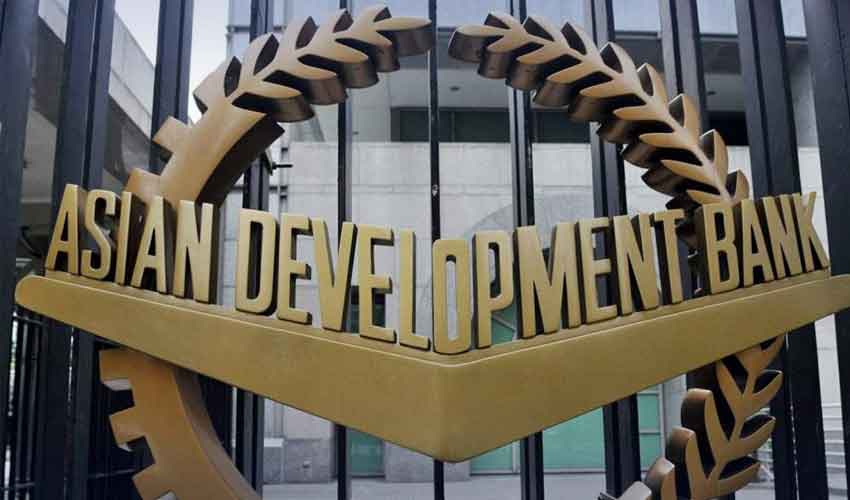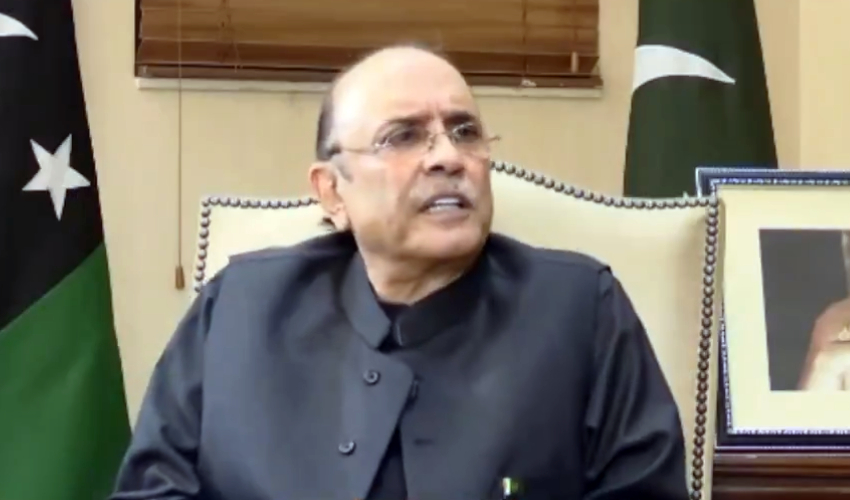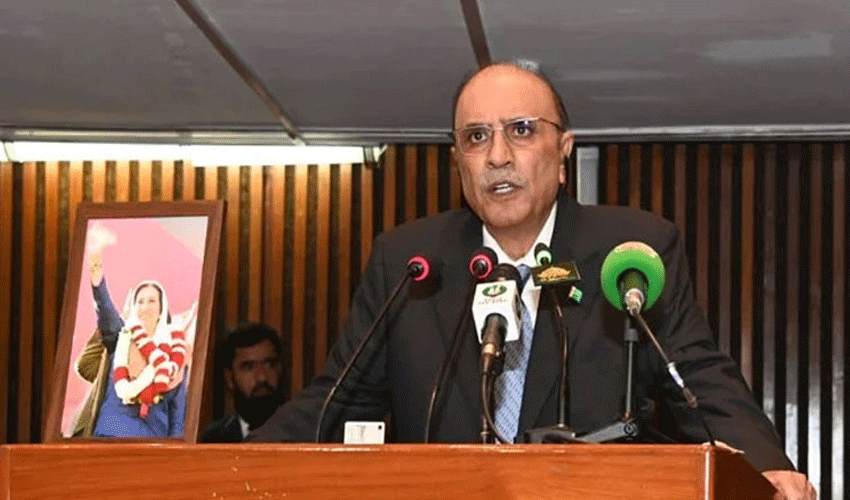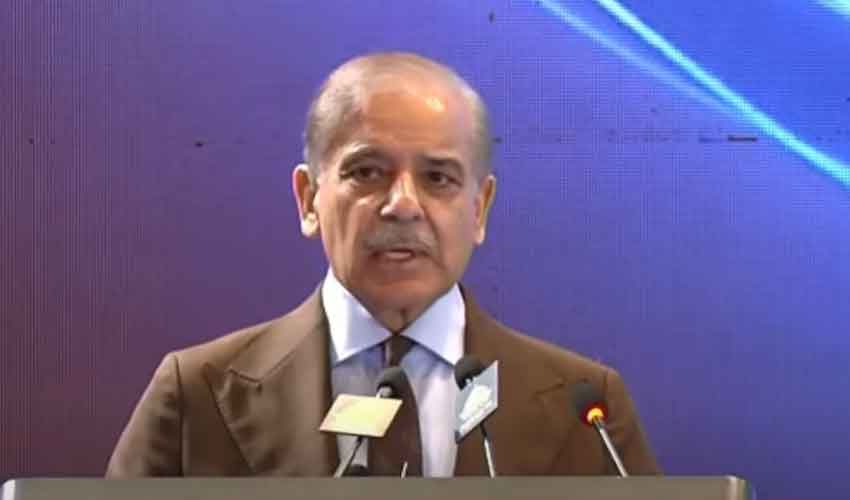The Asian Development Bank (ADB) has identified remittances as a crucial potential pillar of Pakistan's economy, highlighting their significant role in bolstering the country's financial stability, especially during economic crises.
According to a recent blog report by the ADB, remittances to Pakistan have become a vital component of the national economy, equivalent to 10% of the country's GDP. The report notes that during the COVID-19 pandemic, remittances to Pakistan increased by 19.8%, reaching a record $31.1 billion.
This surge underscored the importance of remittances as a key source of foreign exchange and a tool for poverty reduction.
The ADB emphasized the need for Pakistan to offer more incentives to overseas Pakistanis to enhance the flow of remittances. By aligning fiscal and economic policies, the country could further leverage these funds to address economic challenges, reduce the current account deficit, and support essential sectors such as infrastructure, health, and education.
The report also suggests that with appropriate policy measures, remittances could be transformed into productive investments, driving economic growth and increasing the overall productivity of the economy. Remittances are not only seen as a safety net during crises but also as a potential driver of sustainable development.
It further said Pakistan continues to face difficulties in balance of external payments, therefore, remittances can help reduce the current account deficit.
Moreover, the ADB highlighted that Pakistan has historically benefited from global crises, such as those in the 1990s and 2007-08, through increased remittance inflows. The bank concluded that remittances play a vital role in maintaining social security and supporting household expenditures, making them an indispensable part of the country's economic strategy.
In light of these findings, the ADB recommends that Pakistan focus on creating an enabling environment for overseas Pakistanis to send money home, which could significantly contribute to long-term economic stability and growth.



























